As our English program has expanded exponentially, we thought it was time to share an update of all that you have made possible. We started our English program over two years ago when we repeatedly heard of a need to improve the quality of English language education at the Mission School. There is substantial data that supports the importance of English language skills in accessing employment opportunities in Latin America. To give the children in our programs the best chance at success in university or future income generation, we knew that we needed to boost their English skills.
- A selfie of the English department + Vicky!
- Vicky demonstrates how to use a word association game in a workshop with the teachers.
In 2019, we started working with Vicky, a British CELTA English Language teacher trainer who has a long history of training English teachers in Latin America, and happens to live a few miles from the Mission School.
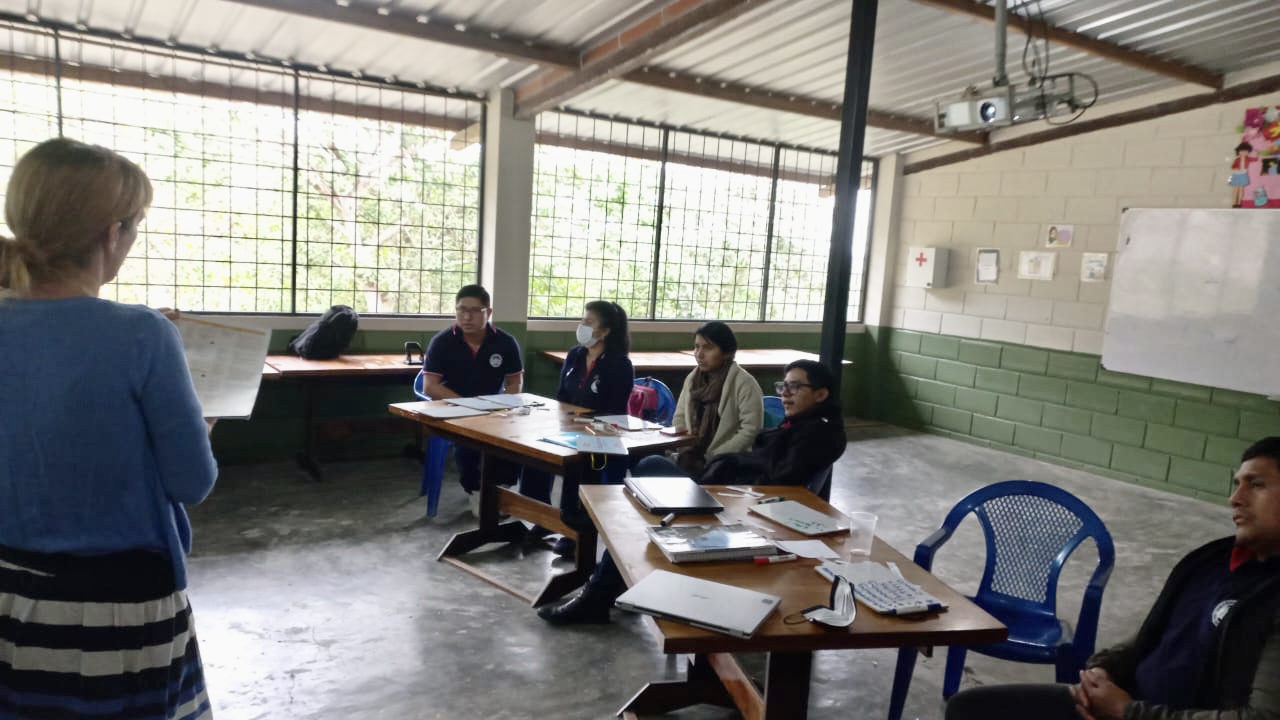
Vicky leading a workshop for the English teachers.
In the beginning, Vicky worked with the English teachers at our school. She provided workshops on how to make lessons more student centered, did in classroom observations and feedback, and worked on lesson planning. Despite set-backs and almost 2 years of virtual schooling during the Coronavirus pandemic, the English teachers made immense gains.
- Paula, one of the English teachers, administering the written portion of the English placement test.
- Anibel administering the speaking portion of the English placement exam.
A large barrier to overall progress remained class sizes, ranging from 35-40 students per class. The problem became much more apparent when the school finally transitioned back to in-person learning at the end of 2021. Before the 2022 school year began, we hired an additional English teacher for the high-school. At the suggestion of Vicky and the English teachers, we divided the grades by English level at the beginning of the school year to best cater classes to student needs. We hope to be able to replicate this in the primary school, but currently we don’t have enough classrooms to decrease class size.
- The new high school curriculum incorporates a variety of learning methods including art.
- Students work on a crossword puzzle.
After working with school administration, all the teachers, and reviewing international best practices for English language acquisition, we implemented a new curriculum centered on Ecuador specific English language books from Cambridge University Press. The books measure English language progress based on CEFR (Common European Framework of Reference for Language), which is the international standard for describing language ability. Switching to this curriculum will hopefully maintain school-wide progress of English skills, as well as allow the teachers to uniformly and accurately assess student English levels.
- We purchased each English teacher a set of portable whiteboards to help make lessons more interactive.
- The whiteboards are a hit from the youngest to the oldest learners!
To support student learning, we purchased a class set of English-Spanish dictionaries and portable student whiteboards for all the English teachers to use in their classrooms. We purchased 23 projectors for the Mission School, 5 of which were designated to the English program. The projectors enable teachers to use multiple sources during a lesson, prepare for class more effectively, and engage students in new and interesting ways.
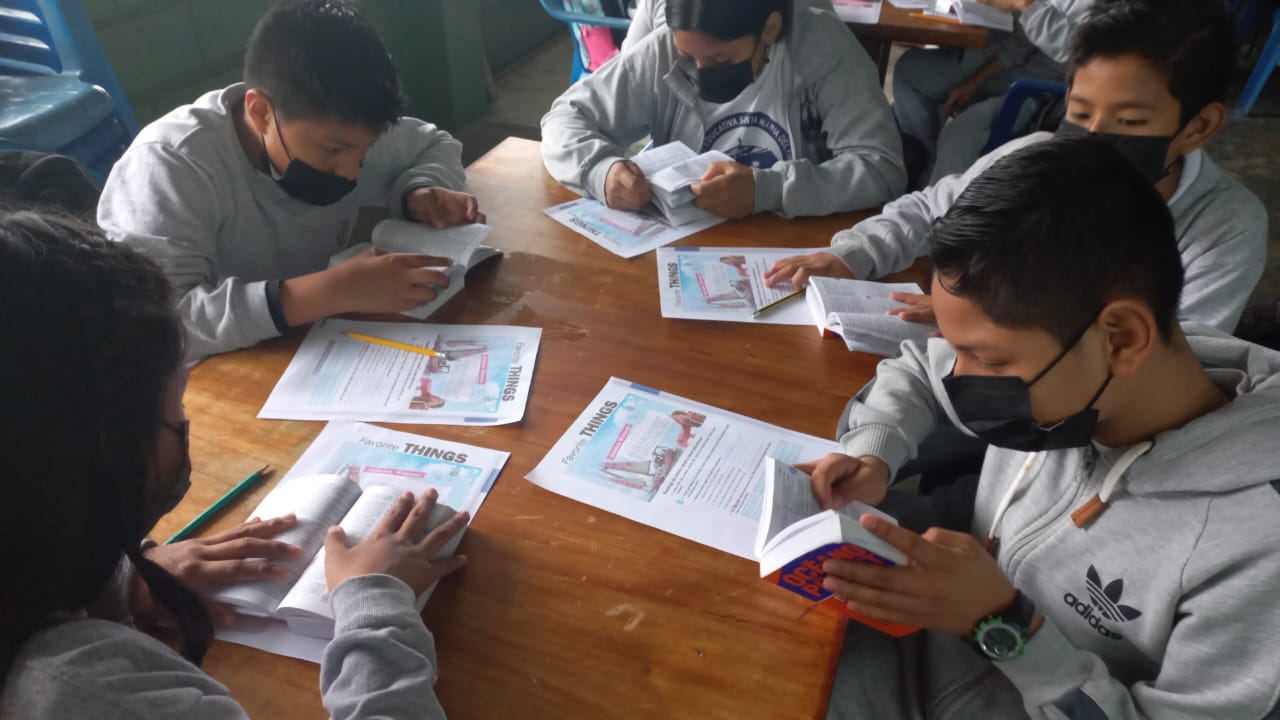
Students using the Spanish-English dictionaries we purchased in a lesson based on reading comprehension.
Lastly, just a few months ago, we started an after-school intensive English club. Right now, there are 13 students that stay for two additional hours of English lessons weekly. We have recruited international English teachers to lead the program, which focuses on conversational and everyday English. The students recently had a blast in their Forrest Gump themed lesson. When the school breaks for summer vacation in February, we plan to offer a short term daily intensive club during the holiday.

Our very first after-school English club started just a few months ago! We hope this program continues to grow and to eventually offer intensive English workshops over the summer vacation as well.
It is our goal that students graduating from the Mission School can speak and use English in their academic and professional lives. Though we still have a ways to go to reach that goal, we are well on our way. We hope to augment the English program more each year to offer exceptional, high quality education to our students.


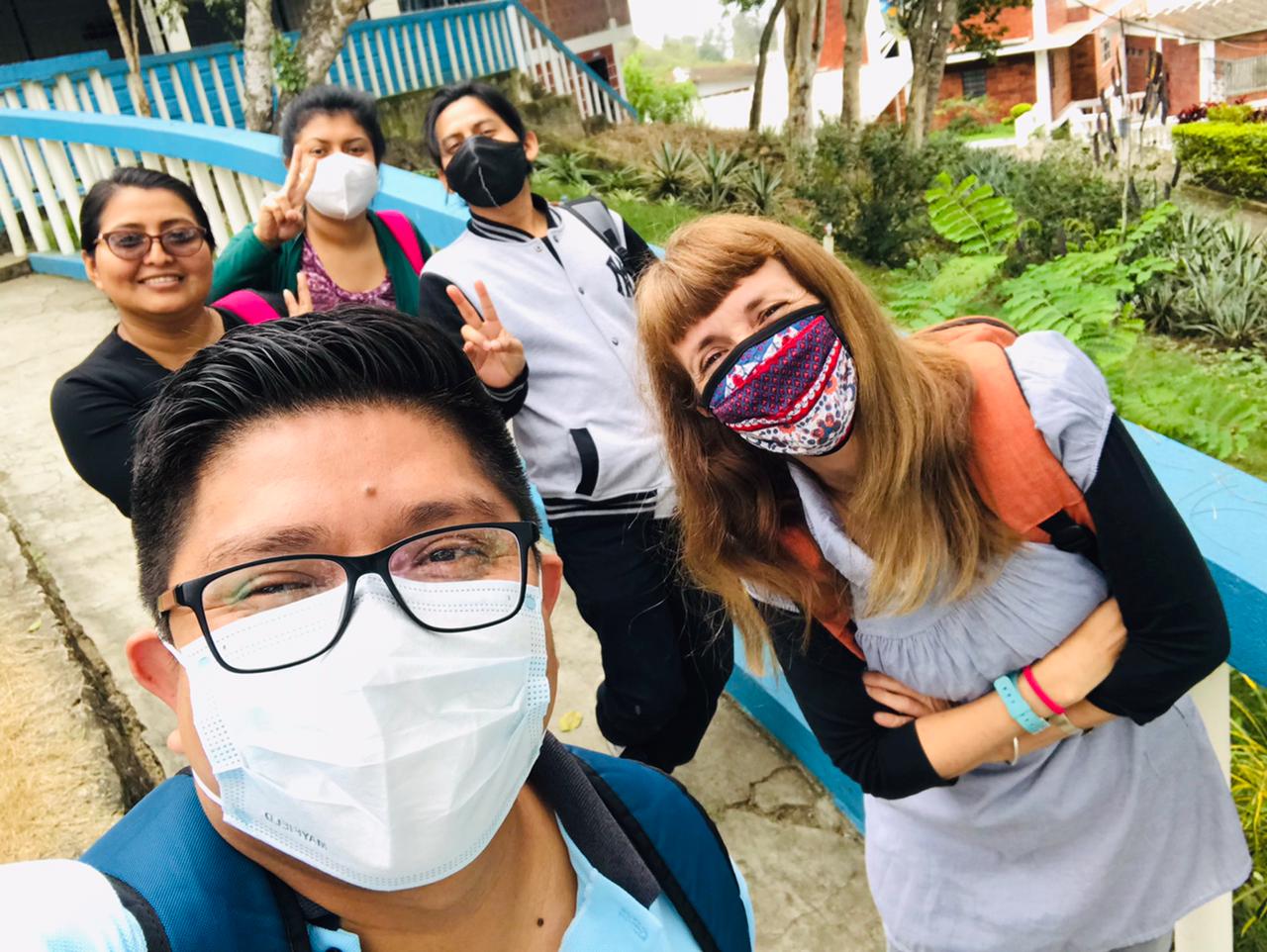



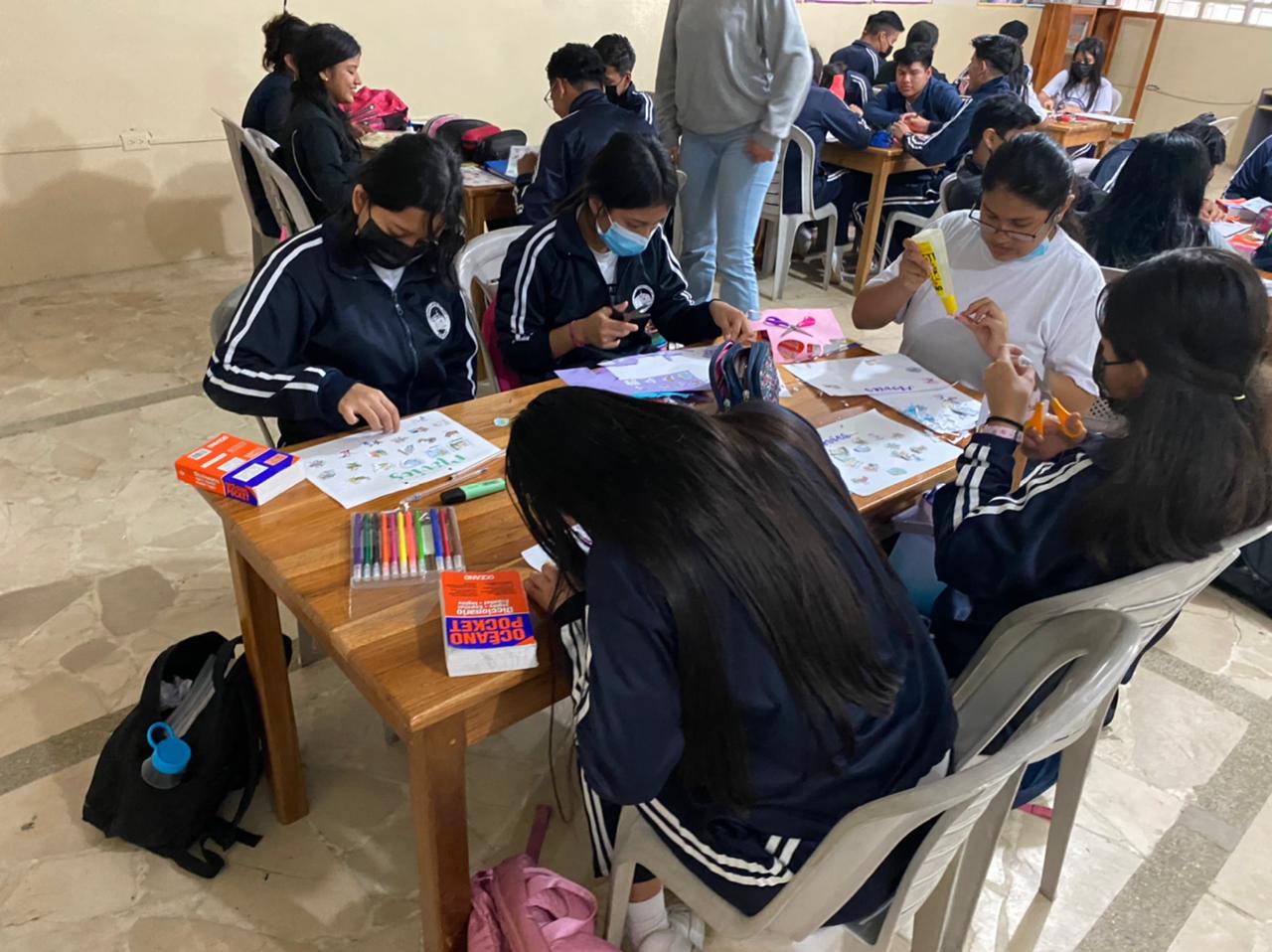

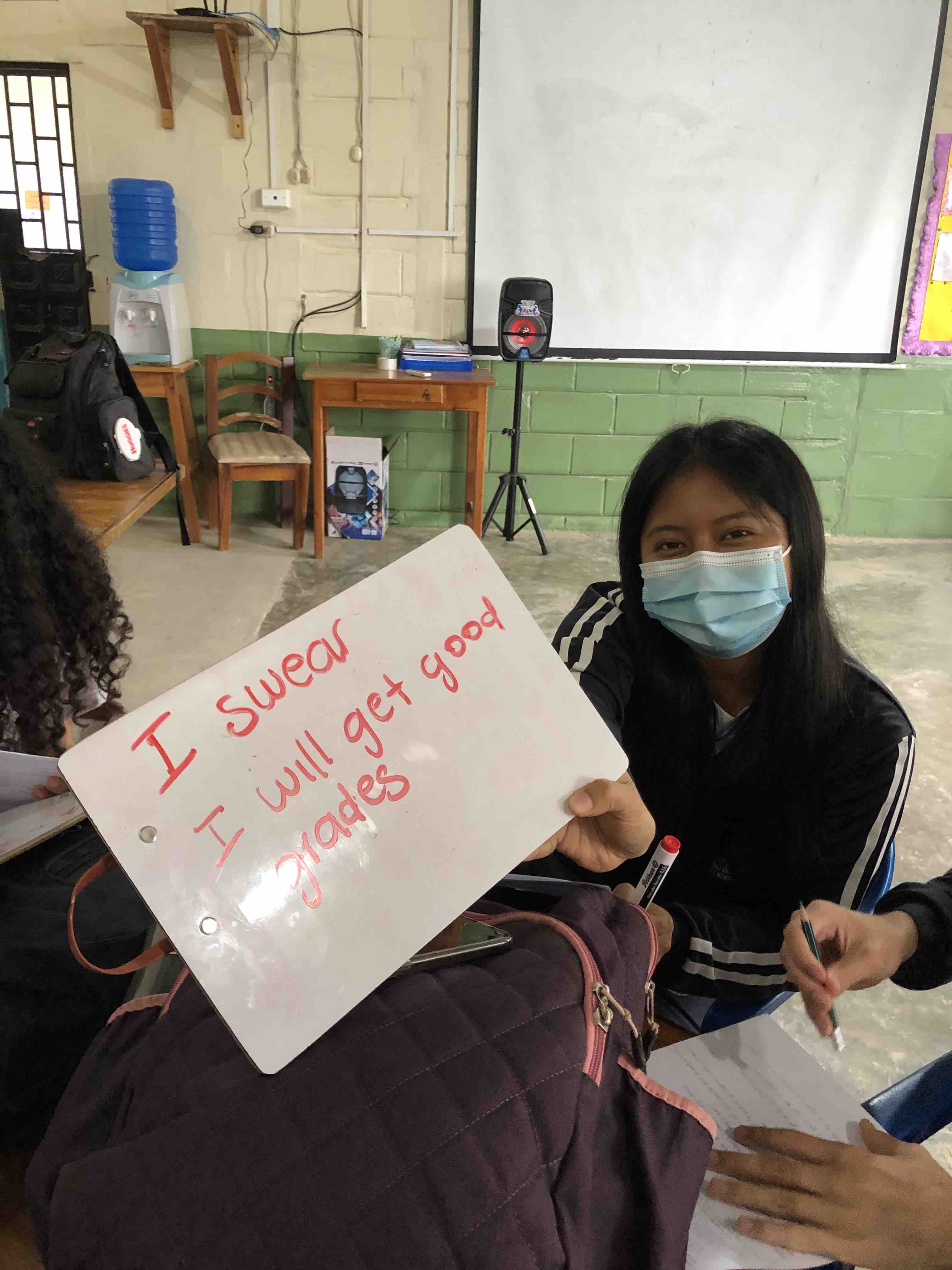

Recent Comments